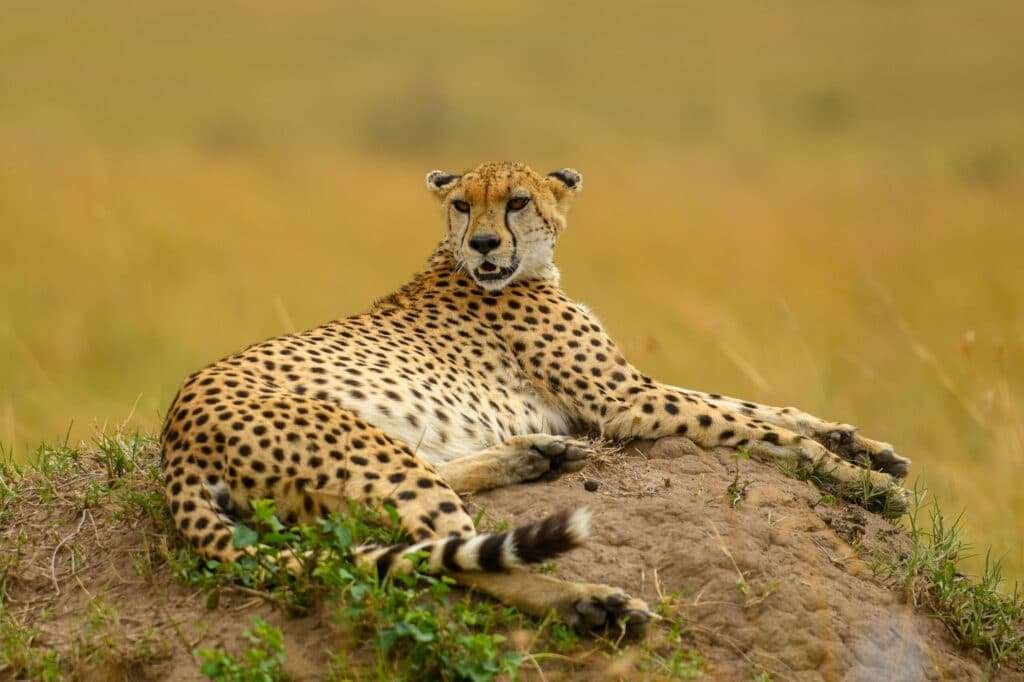Lake Manyara National Park, nestled in the Great Rift Valley of northern Tanzania, is a diverse and picturesque park renowned for its breathtaking scenery and rich wildlife. Covering approximately 330 square kilometers, the park’s centerpiece is the stunning Lake Manyara, which makes up a significant portion of its area. Established in 1960, this park offers a unique blend of diverse habitats, including groundwater forests, acacia woodlands, swamps, and the alkaline lake itself.
Unique Ecosystem
The park’s diverse ecosystems support a wide variety of flora and fauna. The groundwater forests, fed by springs from the escarpment, are lush and green year-round, providing a stark contrast to the dry savannas surrounding the lake. These forests are home to mahogany trees, fig trees, and many other plant species. The lake, which expands and contracts with the seasons, is a shallow alkaline lake that attracts large flocks of flamingos and other waterfowl, creating a spectacular pink hue along its shores.
Wildlife
Lake Manyara National Park is famed for its rich wildlife population. The park is home to large herds of elephants, which are often seen playing in the groundwater forests. It is also renowned for its tree-climbing lions, a rare behavior not commonly seen in other parts of Africa. Other mammals include giraffes, hippos, zebras, wildebeests, and various species of antelope. The park’s diverse habitats also make it a paradise for bird watchers, with over 400 bird species recorded, including pelicans, storks, kingfishers, and hornbills.
Activities and Attractions
Visitors to Lake Manyara National Park can enjoy a range of activities. Game drives are the most popular, offering opportunities to see the park’s diverse wildlife and landscapes. Night game drives provide a chance to spot nocturnal animals such as bushbabies and porcupines. Walking safaris and canoeing (seasonal) on the lake offer unique perspectives and close encounters with nature. The treetop walkway, a suspended bridge system, allows visitors to explore the forest canopy and observe wildlife from above.
Conservation and Community Involvement
The management of Lake Manyara National Park places a strong emphasis on conservation and sustainable tourism. Efforts are made to protect the park’s unique ecosystems and wildlife from threats such as poaching and habitat destruction. The park also works closely with local communities to promote conservation awareness and provide economic benefits through eco-tourism. Community-based initiatives, such as cultural tours and handicraft markets, enable visitors to engage with and support the local culture.
Visitor Experience
Lake Manyara National Park offers a serene and less crowded alternative to some of Tanzania’s larger national parks, making it an ideal destination for those seeking a more intimate wildlife experience. The park’s close proximity to other major attractions, such as the Ngorongoro Crater and Serengeti National Park, makes it a convenient addition to any northern Tanzania safari itinerary. Whether exploring the lush forests, watching flamingos on the lake, or observing elephants up close, visitors are sure to be captivated by the park’s natural beauty and abundant wildlife.














